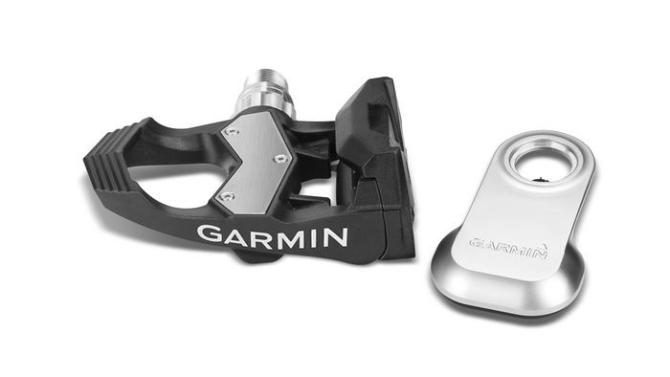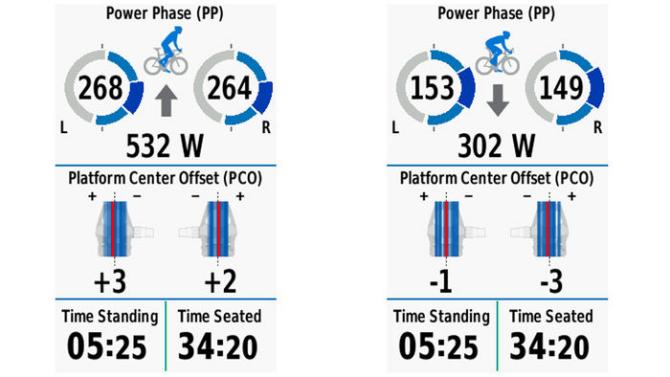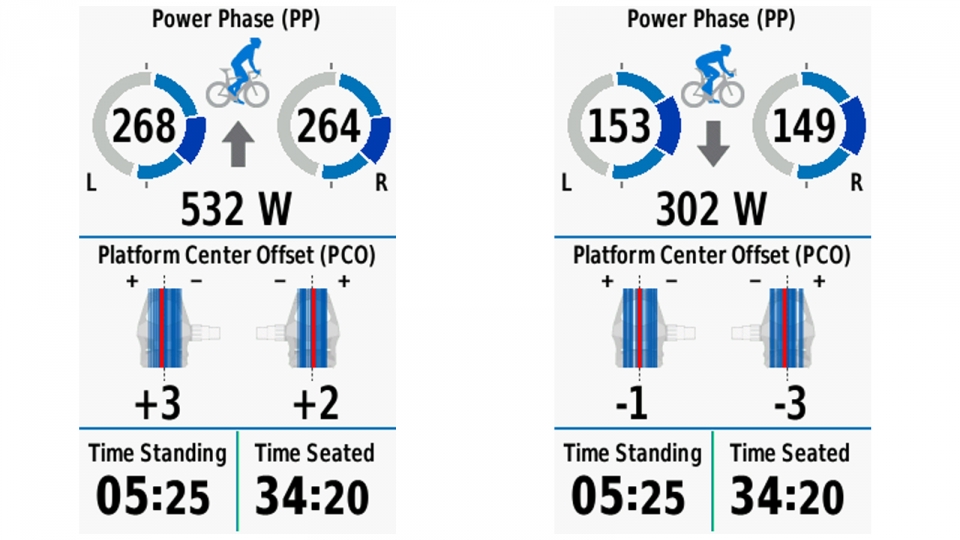Garmin Vector S left-pedal power meter
One-sided power meter offers wattage measurement at a lower cost


This article originally appeared on BikeRadar
On the heels of the Vector two-pedal-based power meter, Garmin announced its new Vector S, a single-pedal power meter that, like the Stages left-crank meter, doubles the measurement taken at the left pedal for wattage readouts. As with Stages and soon the Rotor single-crank power meter, the Vector S is also a less expensive option than the full Garmin Vector setup. Garmin also has a suite of new metrics called Cycling Dynamics that will be available as a software upgrade to current Vector users.
Vector S power-meter pedal
The Vector S comes with two pedals that use Look KeO-compatible cleats. Vector S will be available later this year in Standard (cranks 12-15 mm thick, up to 44 mm wide) and Large (cranks 15-18 mm thick, up to 44 mm wide) for US$899 (UK and AU pricing has not yet been announced). The optional right-side upgrade pedal is available for US$699. The standard Vector retails for US$1,699/AU$1,899/£1,349.
The Vector S measures power and cadence, and when used with a Garmin or another ANT+ head unit can report a variety of power metrics based on those.
As with the Vector, the Vector S can be installed by the rider with a torque wrench and the included 15mm wrench head.
The Vector S measures the deflection in the pedal spindle as the rider pedals, then computes that deflection to determine force.
Get The Leadout Newsletter
The latest race content, interviews, features, reviews and expert buying guides, direct to your inbox!
Cycling Dynamics
For current Vector users, Garmin will soon have a new batch of metrics called Cycling Dynamics, to include reports on the seated vs standing positions, 'Power Phase', and 'Platform Center Offset'. Garmin claims these metrics will enable both riders and coaches or fitters to fine-tune position on the bike.

Garmin's forthcoming Cycling Dynamics software will calculate percentage of time spent seated or standing based on differing forces on the Vector pedal
For position, Garmin claims the Vector will detect and denote riding position (seated or standing) during a ride. Then, current position and summaries – associated wiht power data – will be displayed in real time. After the ride, Garmin Connect will graph out this data if a rider uploads to the site.
Garmin's so-called Power Phase will measure where in the pedal stroke the rider generates torque, where the greatest concentration of positive torque is, at what angle these forces begin and end, and where the concentration of power is produced.
The Platform Center Offset looks at how force is distributed across the pedal platform. This could be used to fine-tune cleat placement or even cleat shims, Garmin claims.
Cycling Dynamics will come as a software update to Vector users as a software update in late 2014, Garmin said.